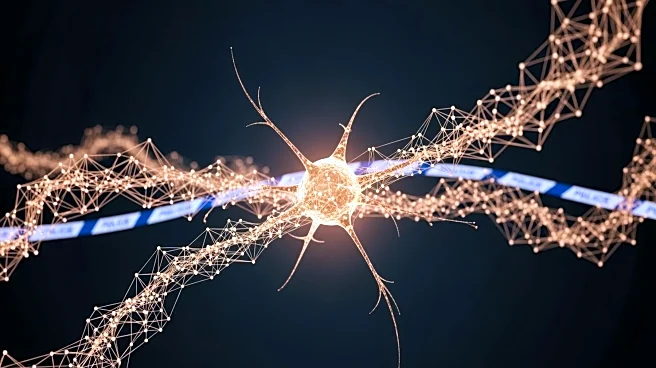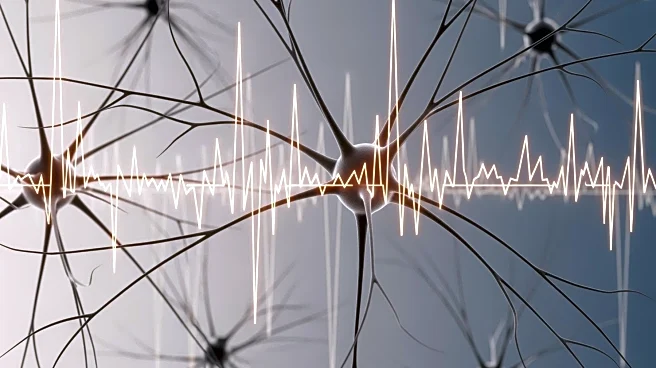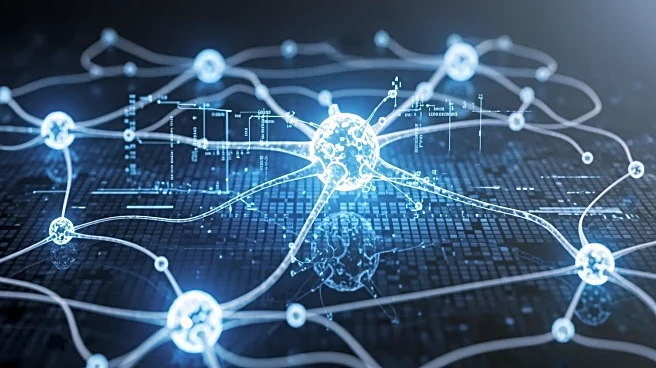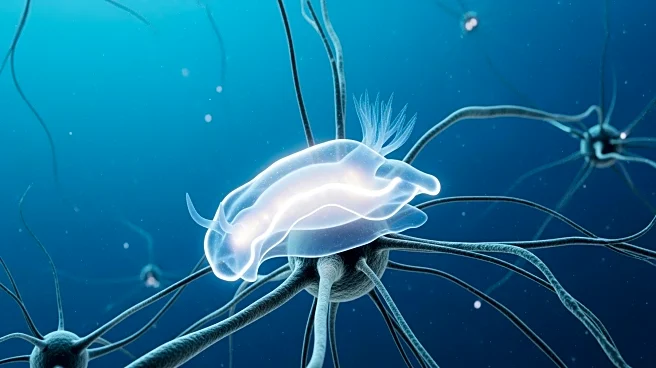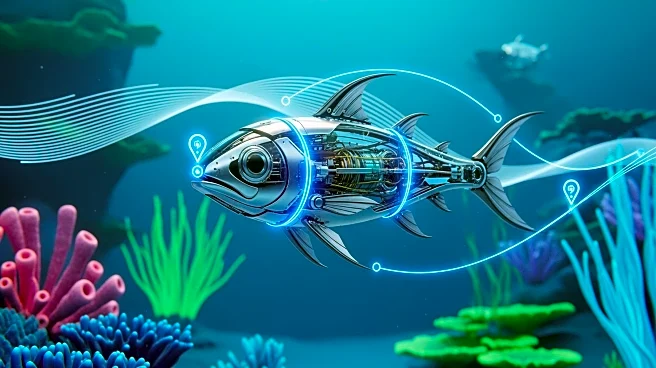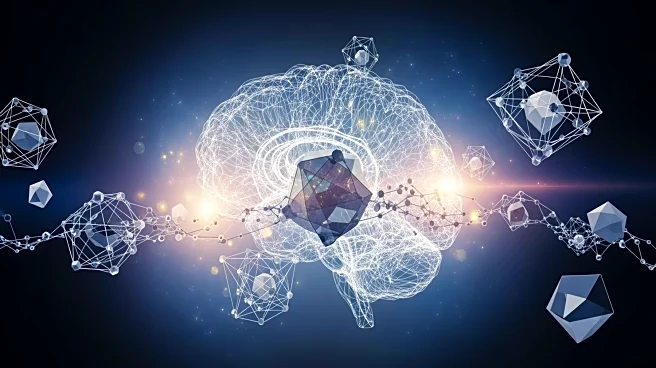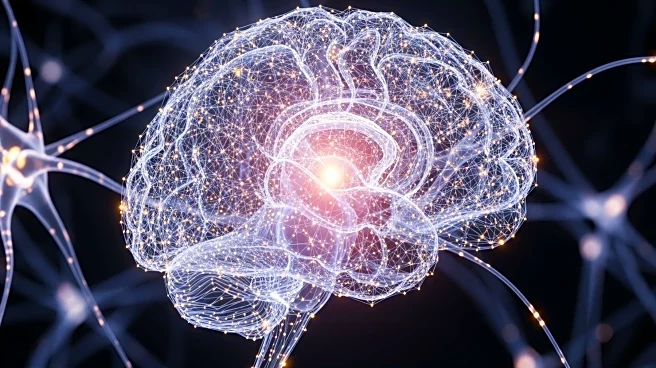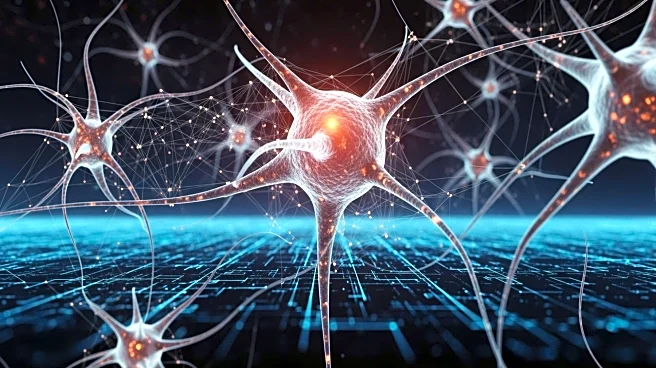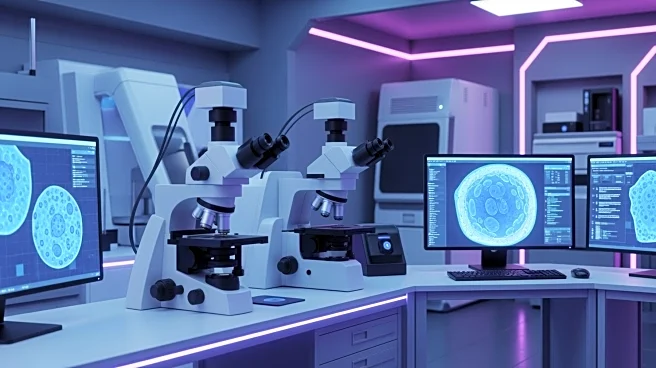What's Happening?
Recent studies have recorded and modeled pinched hysteresis loops, a characteristic of memristors, in neurons. Experiments were conducted on neurons differentiated from human fetal midbrain neural progenitor
cells, revealing neuron-like morphology and electrophysiological activity. The study utilized whole-cell patch recordings to observe the behavior of neurons under various conditions, highlighting the potential for neurons to exhibit memristor-like properties.
Why It's Important?
Understanding the memristor-like behavior of neurons could have significant implications for neuroscience and the development of brain-inspired computing technologies. This discovery may lead to advancements in artificial intelligence and neuromorphic computing, where mimicking biological processes can enhance computational efficiency and capability. The findings could also impact medical research, particularly in understanding neurological disorders and developing new treatment methods.
What's Next?
Further research is needed to explore the full extent of memristor-like behavior in neurons and its potential applications in technology and medicine. This could involve more detailed studies on the mechanisms behind this behavior and how it can be harnessed in practical applications. Collaboration between neuroscientists and technologists will be crucial in advancing this field.
Beyond the Headlines
The ethical considerations of using neuron-like behavior in computing and technology must be addressed, particularly in terms of privacy and the potential for misuse. As research progresses, establishing guidelines and regulations will be essential to ensure responsible development and application.
